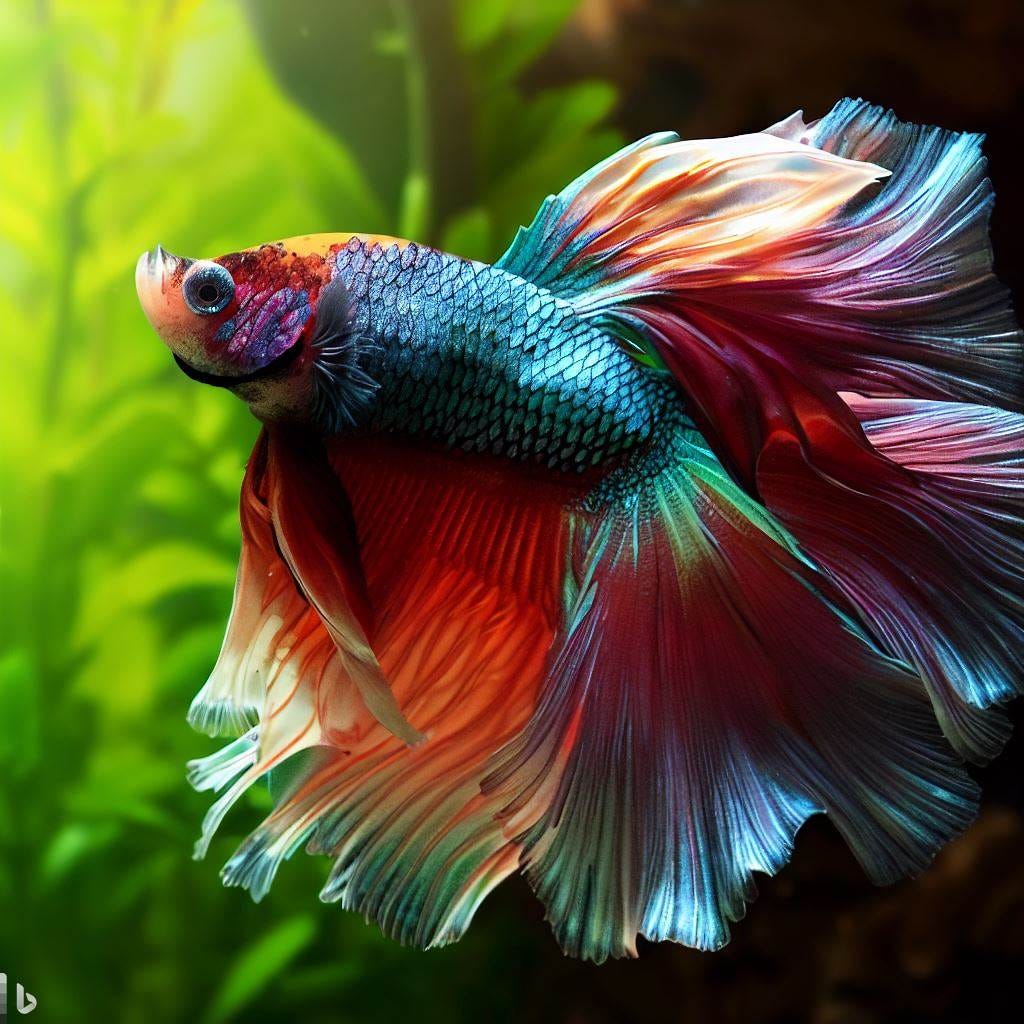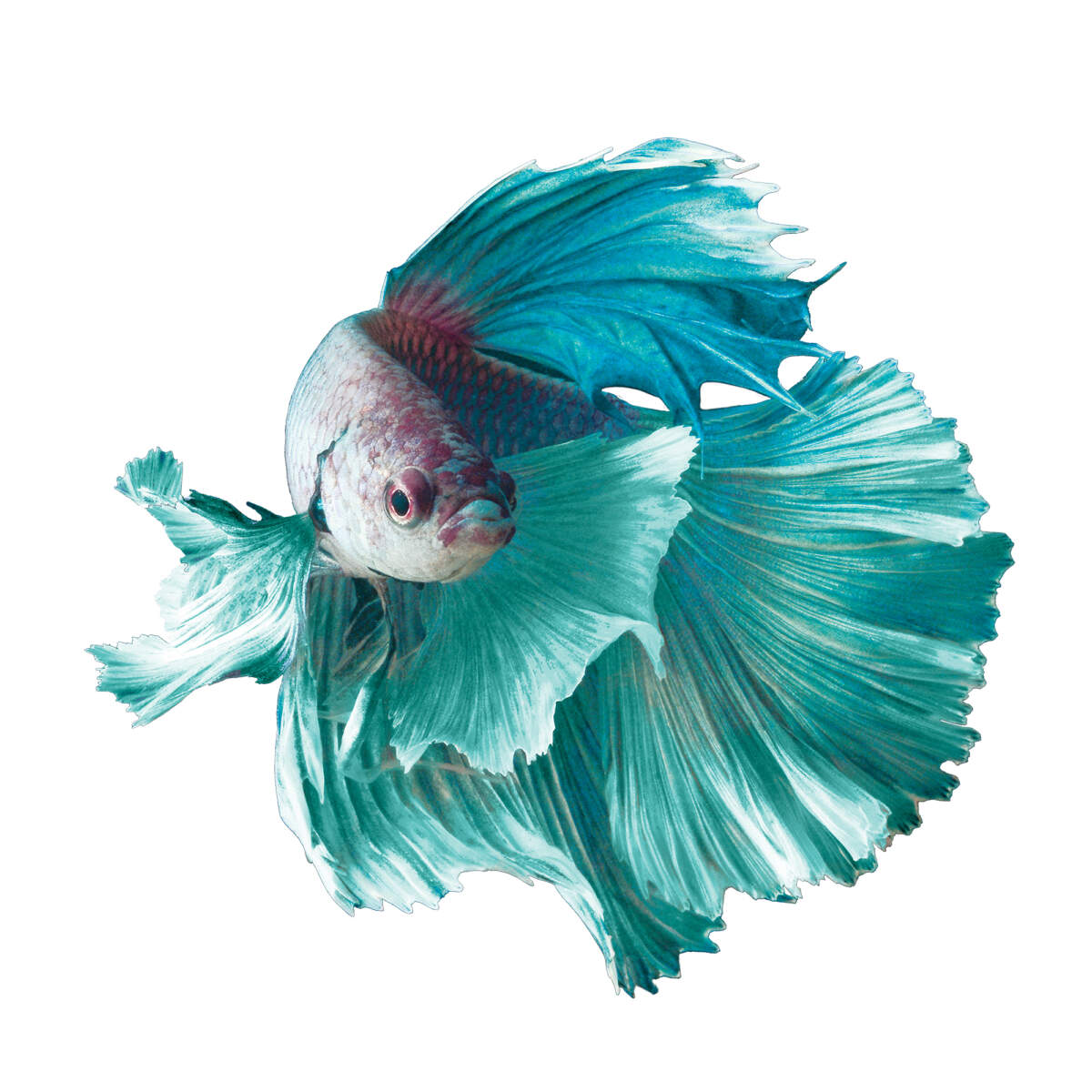Betta Fish Diet Plan: What to Feed Your Betta for Optimal Wellness
Betta Fish Diet Plan: What to Feed Your Betta for Optimal Wellness
Blog Article
Reproducing Betta Fish: a Comprehensive Step-By-Step Overview to Successfully Raising Infant Bettas From Eggs to Their Adult Years
Breeding Betta fish is a precise undertaking that needs careful planning and implementation to ensure the successful advancement of fry from eggs to develop fish. Picking genetically diverse breeding sets with desirable features is just the beginning; producing an optimum setting and comprehending the details of the breeding process are equally vital. As the male Betta vigilantly constructs a bubble nest and guards the precious eggs, the succeeding stages of care and transition demand interest to information and knowledge of finest methods. Exactly how does one browse the difficult yet gratifying course of supporting these dynamic animals to the adult years?

Picking Breeding Pairs
When starting the journey of breeding Betta fish, choosing the appropriate breeding pairs is critical to attaining desirable traits and a healthy family tree - betta fish. The initial step in this procedure is to determine the details qualities you wish to improve or protect, such as color, fin type, and physique. It is important to choose genetically diverse pairs to avoid inbreeding, which can result in wellness concerns and unfavorable features
Examine potential reproducing candidates meticulously. A healthy male Betta ought to exhibit vibrant colors, an active temperament, and well-formed fins, while the female must likewise present vivid pigmentation and a rounded tummy, indicating preparedness for spawning. Observing the personality of both fish is crucial, as aggressive or excessively timid individuals may not reproduce effectively.
Documentation of lineage is just as crucial. Keeping documents of the parent fish's ancestry can assist you track genetic traits and prospective concerns. Furthermore, seek advice from trusted dog breeders or online sources for advice on choosing compatible pairs. Inevitably, investing time in the option procedure will significantly boost the chance of generating solid, vibrant offspring that fulfill your reproduction goals (betta fish).

Preparing the Reproduction Container
Creating an optimum breeding environment is a key action after selecting ideal sets for Betta fish. The breeding storage tank need to be specifically made to give convenience and stimulate the natural breeding habits of the fish. Beginning with a storage tank size of at the very least 10 gallons to make certain ample space for both the man and female Bettas.
Keep a mild filtration system to maintain the water tidy while preventing strong currents that can emphasize the fish. Additionally, an air stone can be added to offer oxygenation without interrupting the water surface area excessive.
Temperature policy is vital; go for a steady variety of 78-82 ° F(25-28 ° C) utilizing a reliable heating system. The pH level need to be kept between 6.5 and 7.5, and regular water adjustments are required to guarantee high water quality.
Integrate drifting plants or generating mops to official source develop concealing areas for the woman, while also encouraging bubble nest structure by the man - betta fish. Make certain the container is complimentary from sharp designs and any kind of potential hazards, as the well-being of the fish must always be prioritized during this critical phase of breeding.
The Breeding Process
Typically, the breeding process for Betta fish involves a collection of unique and visible behaviors that indicate preparedness for recreation. The male Betta begins by constructing a bubble nest at the water's surface area, which serves as a website for the fed eggs. This nest is essential, as it offers a risk-free environment for the eggs up until they hatch.
When the nest is established, the man will certainly show courtship habits, such as flaring his fins and showing vivid colors to helpful site attract the woman. The woman, upon picking up the man's preparedness, will certainly respond by showing upright stripes along her body, signifying her receptiveness.
The fertilized eggs then drop to the bubble nest, where the male very carefully gathers and returns them to the nest. Following this, the male assumes obligation for safeguarding the nest and making certain the safety of the eggs up until they hatch out, normally within 24-36 hours.
Taking Care Of Betta Fry
Caring for Betta fry requires careful interest to their atmosphere and her response nutrition to make sure healthy and balanced growth and advancement. After hatching out, Betta fry are very small and vulnerable, requiring a secure and clean environment.
Feeding Betta fry is just as crucial. At first, they must be provided infusoria or carefully smashed high-grade fry food, as their mouths are also tiny to handle bigger particles. As they expand, you can gradually introduce bigger foods, such as baby brine shrimp or powdered flakes, to guarantee they get adequate nutrition. Feed them tiny quantities several times a day, being cautious not to overfeed, which can lead to water quality problems.
Transitioning to Adult Bettas
As Betta fry mature, transitioning them to grown-up Bettas is an essential phase that requires careful administration of their environment and social interactions. This procedure normally begins when the fry get to around six weeks old, at which point they can be slowly presented to a much more structured living setting.
To promote this transition, it is necessary to guarantee that the water specifications-- such as temperature, pH, and ammonia degrees-- are optimum and stable. Grown-up Betta fish flourish in cozy water (around 78-80 ° F) with a pH of 6.5 to 7.5. Slowly adapt the fry to these problems to lessen stress.
Social communications are another vital variable; man Bettas are notoriously territorial and aggressive. It is advisable to separate males into private containers as they mature. Women Bettas can be housed with each other, but care must be required to check for indicators of hostility.
Furthermore, nutritional changes need to be made as the fry grow. Include top notch pellets and live foods to support their growth and health. By taking care of these aspects efficiently, you can advertise an effective change to the adult years for your Betta fish.

Verdict
Successful reproduction of Betta fish needs mindful focus to detail throughout the whole procedure, from choosing genetically varied sets to offering optimum take care of fry. By guaranteeing suitable breeding problems and preserving water top quality, the chance of healthy and balanced offspring raises dramatically. Additionally, a well balanced diet regimen and gradual adaptation to adult atmospheres are essential for the development and growth of Betta fish. Complying with these steps diligently cultivates a flourishing population of Betta fish, enhancing both their health and wellness and vitality.
Report this page